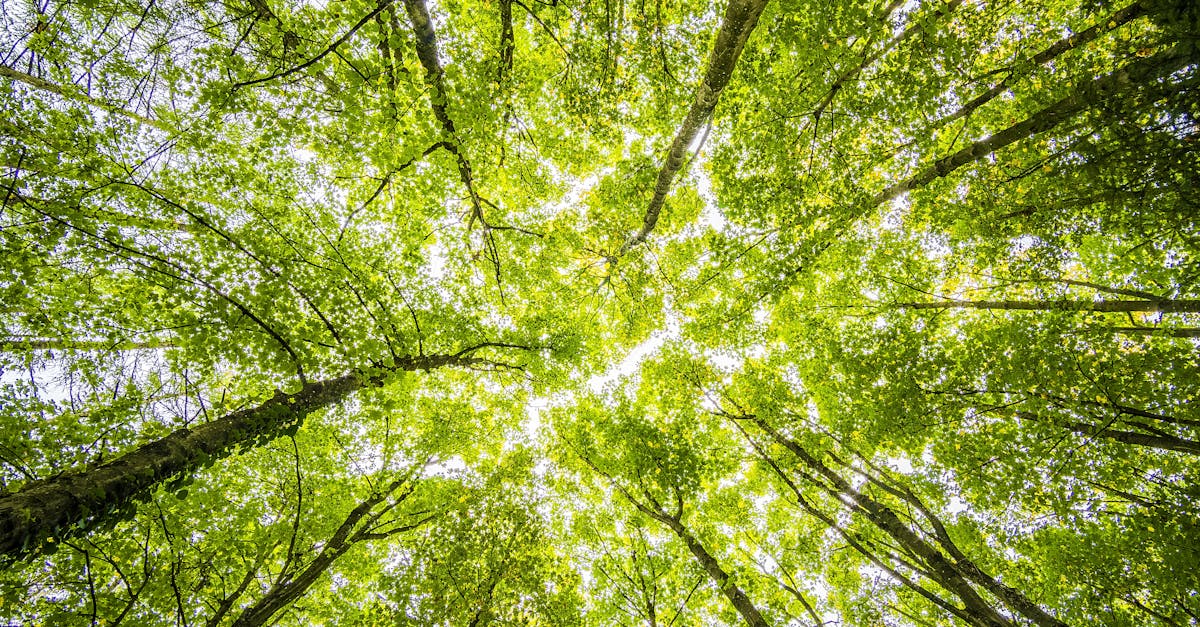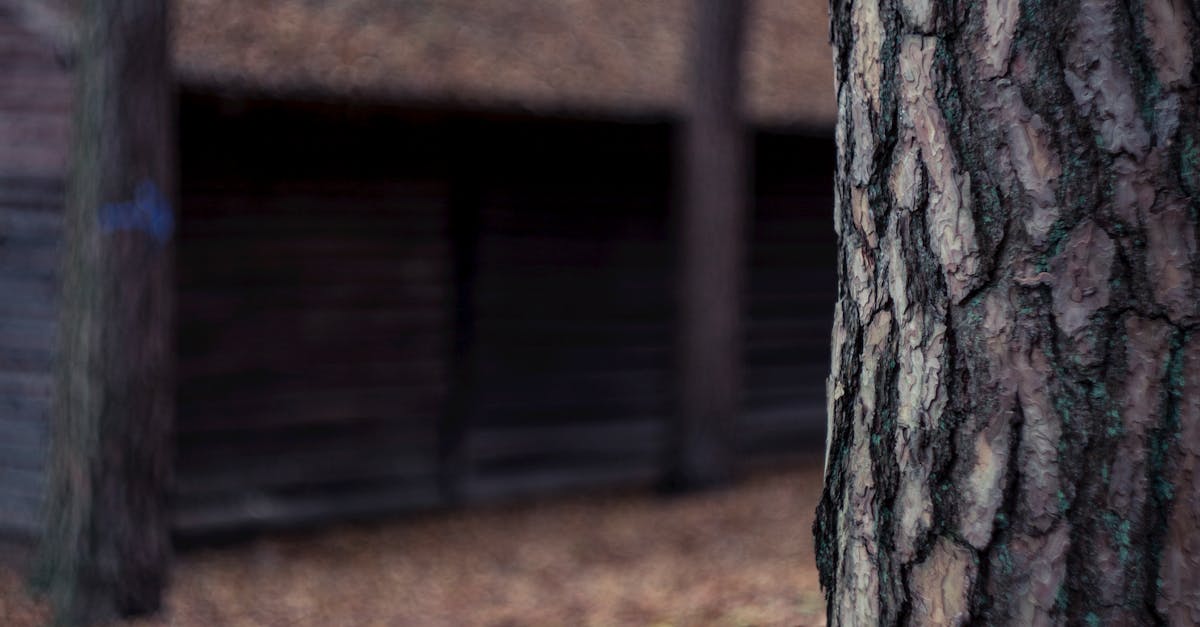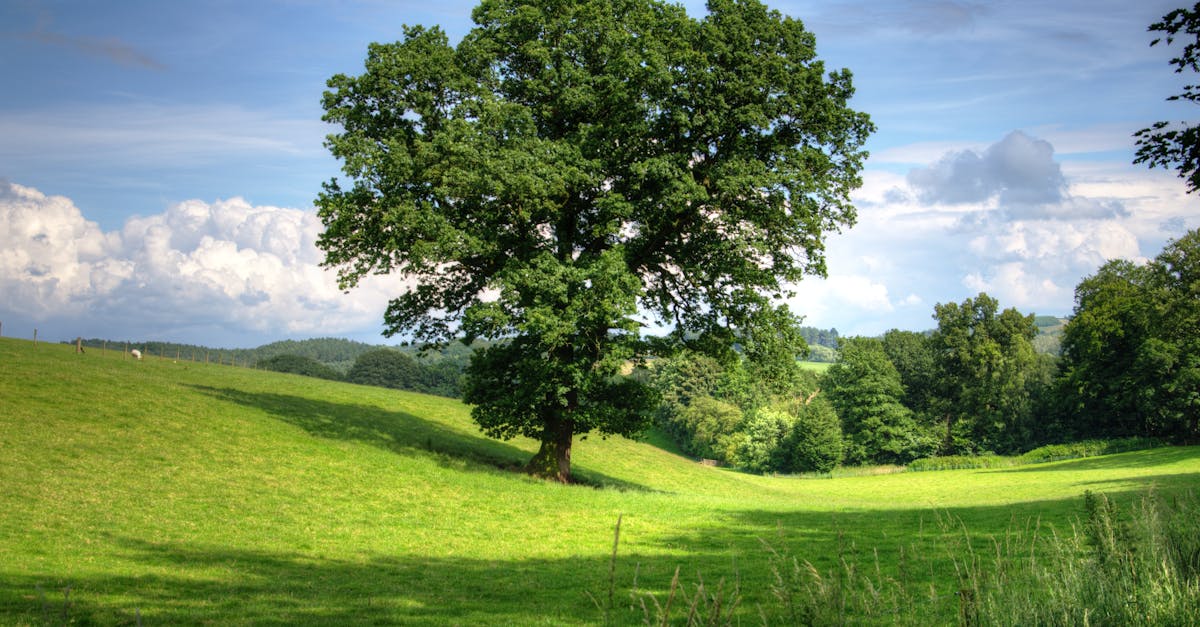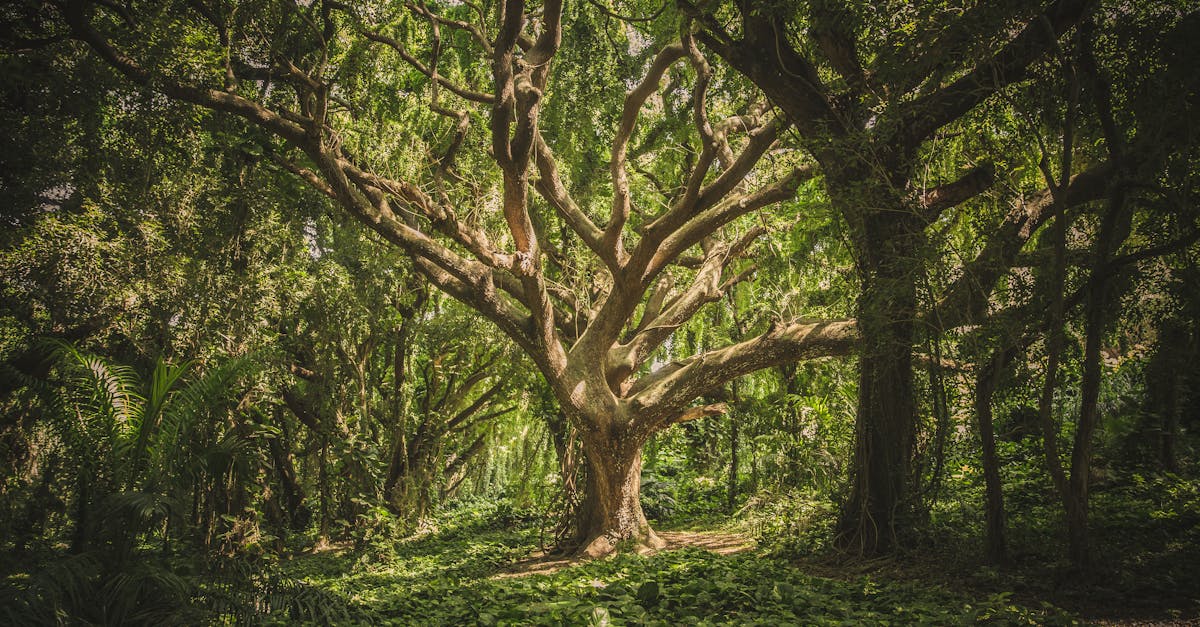
Tree Health's Effect on Pricing
The health of a tree is a key factor that affects the cost of its removal. For instance, a healthy tree that is structurally sound and not diseased or infested will generally be easier and therefore cheaper to remove compared to a tree that is in poor health. Emergency Tree Services in Georgia often charge more for removing trees that are already diseased or infested, as the additional precautions and processes required to handle these trees can increase both time and labor costs significantly.
When assessing the cost of tree removal, the condition of the tree plays a crucial role. Trees that are weak, rotted, or have significant structural damage may require more careful planning and specialized techniques to ensure safe removal. This extra care and attention can result in higher costs for the services provided by companies such as Emergency Tree Services in Georgia. Assessing the health of a tree accurately before removal is essential for determining the overall pricing of the tree removal process.
Diseased or Infested Trees
Diseased or infested trees can present a myriad of challenges when it comes to removal. Not only is there a risk of the disease spreading to healthy surrounding trees, but there is also an increased level of expertise and care required during the removal process. Emergency Tree Services in Acworth, Georgia, often charge more for taking down diseased or infested trees due to the complexity and potential hazards involved.
Before starting the removal process, it is crucial to properly assess the extent of the disease or infestation. This assessment will determine the necessary precautions to be taken and the level of expertise required for a safe and effective removal. Factors such as the type of disease, the size of the affected area, and the overall health of the tree will all play a role in determining the final cost of tree removal services in Acworth.
Assessing Tree Condition for Cost Estimation
Assessing the condition of a tree is a crucial step in estimating the cost of its removal. Factors such as age, size, and type of tree can significantly impact the overall price. Emergency Tree Services in Georgia often charge more to remove older and larger trees due to the increased level of complexity and risk involved in the process.
Moreover, the health of the tree plays a vital role in determining the removal cost. Diseased or infested trees may require special equipment and disposal methods, which can drive up the overall price. Additionally, trees that are located in hard-to-reach areas or have limited accessibility may also incur higher removal costs compared to trees situated in open spaces.
Tree Accessibility
Tree accessibility plays a crucial role in determining the cost of tree removal services. Factors such as the proximity of the tree to structures, power lines, or other obstacles can impact the complexity of the job. For instance, if the tree is located in a tight space with limited access for equipment, it may require more labor-intensive methods, ultimately driving up the cost of the removal.
In emergency tree services in Georgia, accessibility becomes even more critical. When a tree poses an imminent threat to property or safety, quick and efficient removal is essential. In such situations, the accessibility of the tree can significantly impact the response time and the resources required to safely eliminate the hazard.
Equipment and Techniques Impacting Prices
Different equipment and techniques employed for tree removal significantly impact the overall cost. The use of specialized equipment such as cranes can substantially increase the price due to the complex nature of the operation. Crane services are typically more expensive but are necessary for large trees or those located in hard-to-reach areas. On the other hand, climbing methods involve skilled arborists scaling the tree to dismantle it, which can be a cost-effective option for smaller trees with ample space around them. Emergency Tree Services in Georgia often utilize a combination of equipment and techniques to ensure safe and efficient removal at competitive prices.
Moreover, the selection of equipment and techniques also depends on the condition and location of the tree. Trees close to structures or power lines may require more intricate methods like dismantling the tree in sections to prevent damage to surrounding property. Tree accessibility plays a vital role in determining the equipment needed for removal. Whether the tree is located in a confined space or an open area can influence the choice of equipment and techniques employed, subsequently affecting the overall cost of the tree removal process. Emergency Tree Services in Georgia carefully assess these factors to provide accurate pricing estimates to their clients.
Crane vs. Climbing Methods
When it comes to the method used to take down a tree, two common approaches are crane-assisted removal and climbing. Crane-assisted removal is often the preferred method for large trees close to structures or in tight spaces. The crane allows for controlled cutting and removal, minimizing the risk of damage to property and ensuring the safety of the workers. However, crane-assisted removal can be more expensive due to the need for specialized equipment and skilled operators.
On the other hand, climbing methods involve arborists climbing the tree and manually cutting it down in sections. This method is often used for trees in difficult-to-reach locations or when the tree is too small to justify the use of a crane. Climbing methods can be more cost-effective for smaller trees or trees located in areas where a crane cannot access. Understanding the pros and cons of each method is essential when deciding on the best approach for Emergency Tree Services in Georgia.
FAQS
What factors can affect the cost of taking down a tree?
The cost of taking down a tree can be influenced by factors such as the tree's health, size, location, accessibility, equipment needed, and any additional services required.
How does the health of a tree affect the pricing for tree removal?
The health of a tree can impact pricing for tree removal as diseased or infested trees may require specialized techniques or equipment, leading to higher costs.
How can I assess the condition of a tree to estimate the cost for its removal?
You can assess the condition of a tree by examining its health, size, location, and accessibility. Consulting with a professional tree removal service can also help in estimating the cost accurately.
Does the accessibility of a tree affect the cost of its removal?
Yes, the accessibility of a tree can affect the cost of its removal. Trees located in hard-to-reach areas may require additional equipment or techniques, which can increase the overall cost.
What is the difference in pricing between using a crane and climbing methods for tree removal?
Using a crane for tree removal is generally more expensive than climbing methods due to the cost of equipment and labor involved. Climbing methods may be more cost-effective for trees in accessible locations.


